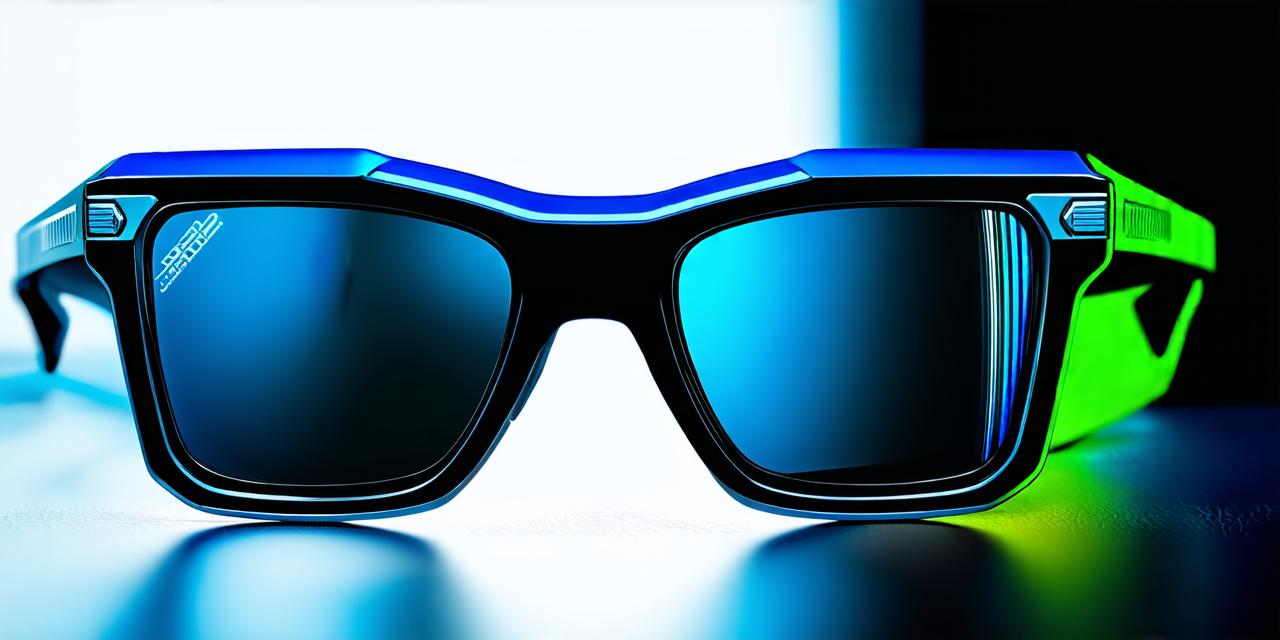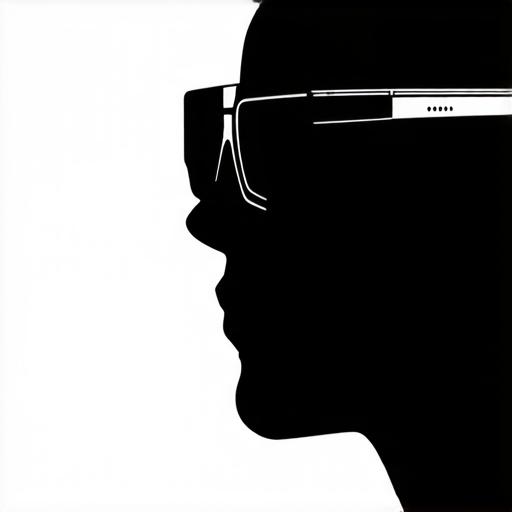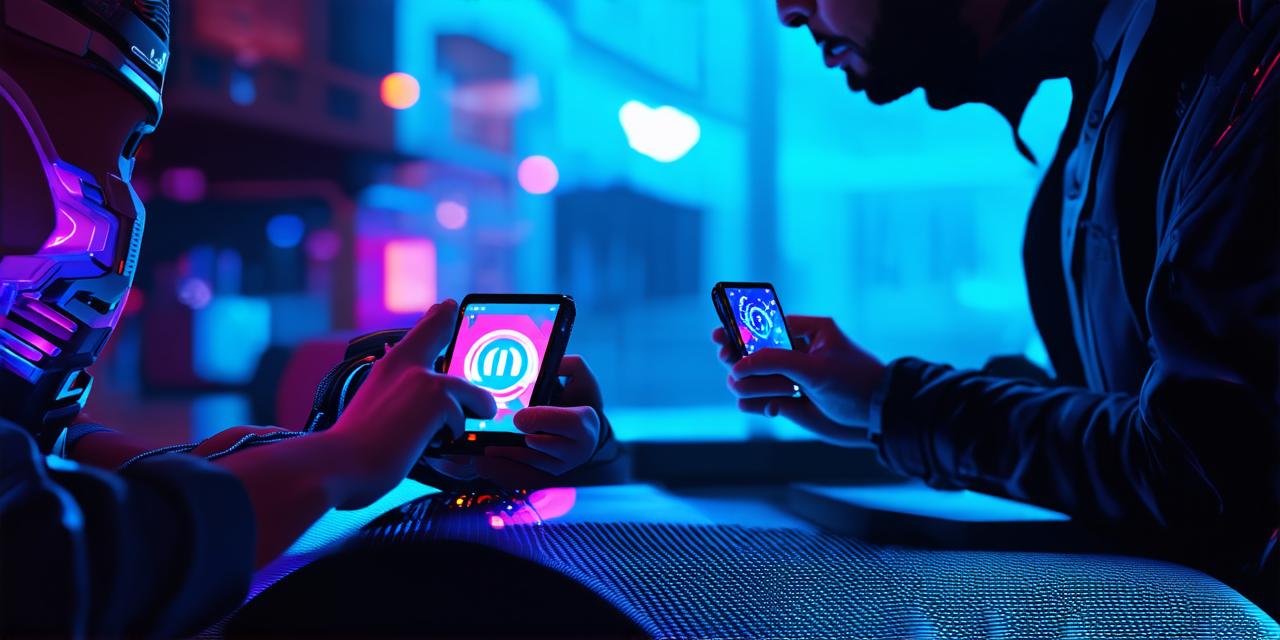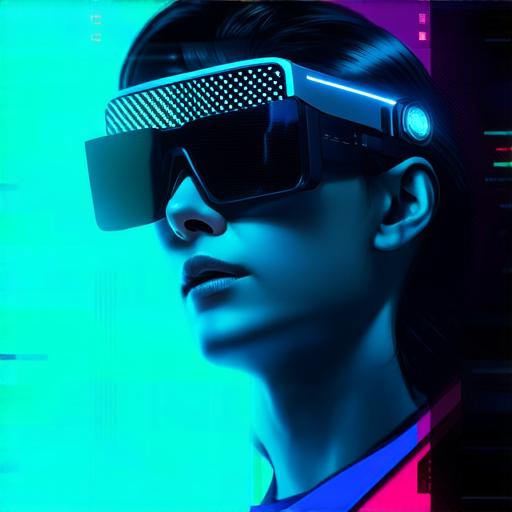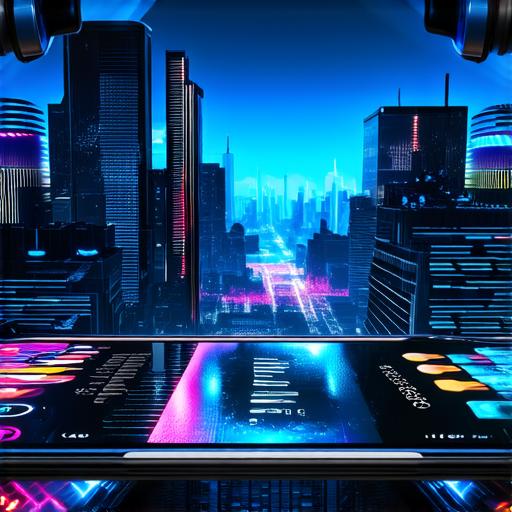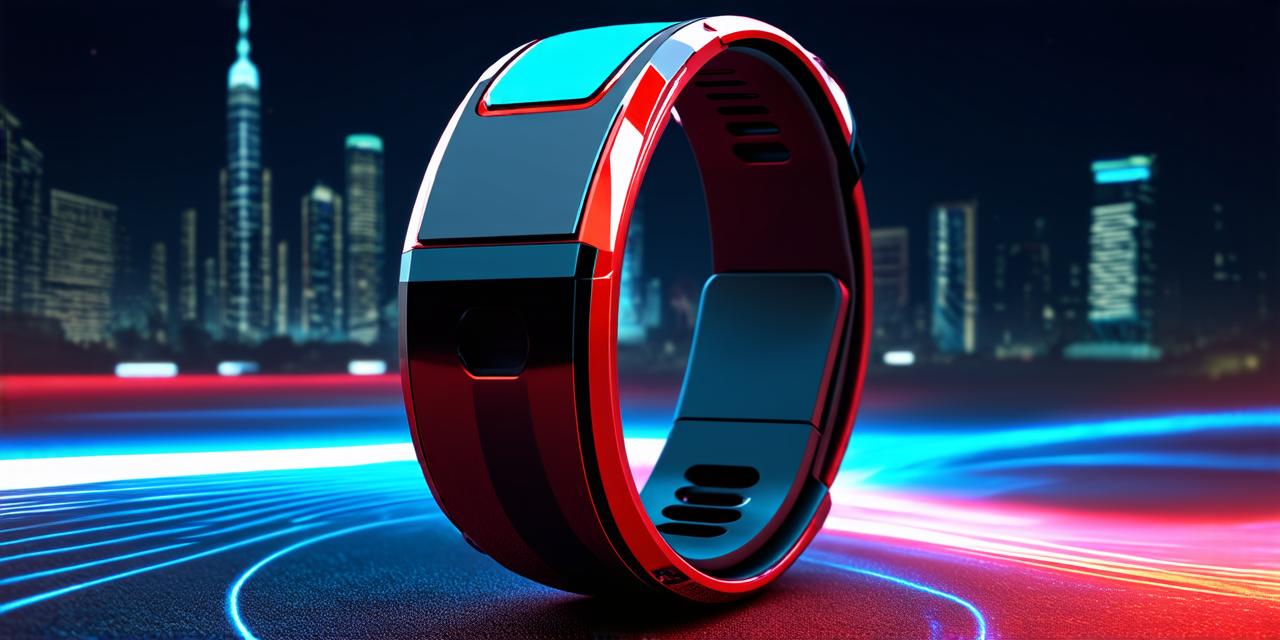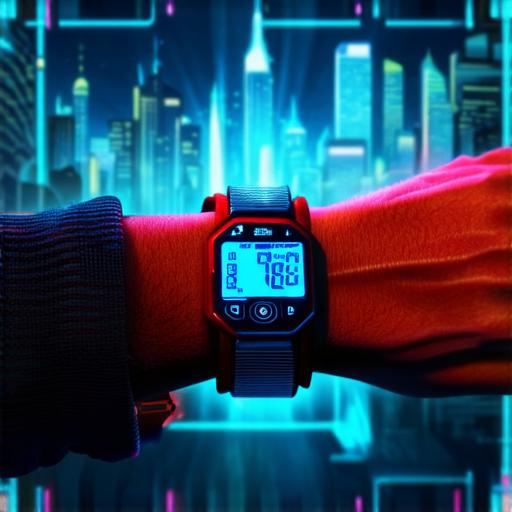What is the primary distinction between augmented reality (AR) and virtual reality (VR)?
The world of augmented reality (AR) and virtual reality (VR) can be a bit confusing for those who are new to these technologies. While both AR and VR aim to immerse users in artificial environments, there are some key distinctions that set them apart. In this article, we will explore the primary distinction between AR and VR and how it affects their applications.
What is Augmented Reality (AR)?
Augmented reality refers to a technology that overlays digital information onto the real world. This means that users can see the real world around them, but they also have access to additional digital information that enhances their perception of reality. AR apps use cameras and sensors to track the user’s position and orientation in the physical world. Based on this data, the app can then overlay digital elements onto the camera feed, creating an interactive and immersive experience for the user.
One of the key features of AR is that it allows users to interact with both the real and digital worlds simultaneously. This means that users can physically move around in the real world while still having access to digital information. For example, a user might be using an AR app to explore a museum exhibit. The app might overlay additional information about each exhibit, such as historical facts or background details, onto the camera feed. The user can then interact with this information by touching on it or using voice commands.
What is Virtual Reality (VR)?
Virtual reality, on the other hand, refers to a technology that completely immerses users in a digital environment. This means that users are not able to see the real world around them; they are instead surrounded by a fully artificial environment. VR apps typically use headsets or other wearable devices to track the user’s position and orientation.
Based on this data, the app can then generate a 3D environment that the user can explore using their body movements or a virtual controller. One of the key features of VR is that it creates a completely artificial environment that the user can interact with. This means that users are not able to physically move around in the real world while using VR. Instead, they must use their body movements to navigate through the virtual environment.
The Primary Distinction Between AR and VR

The primary distinction between AR and VR is that AR overlays digital information onto the real world, while VR completely immerses users in a digital environment. This means that AR apps allow users to interact with both the real and digital worlds simultaneously, while VR apps require users to be fully immersed in a virtual environment.
Another key distinction between AR and VR is the level of interaction that they offer. AR apps typically offer more limited interactions, as users are still able to see and interact with the real world around them. VR apps, on the other hand, offer a completely immersive experience, with no connection to the real world beyond what the user’s senses can perceive.
Case Studies and Personal Experience
One of the best ways to understand the distinction between AR and VR is through case studies and personal experiences. Let’s take a look at some examples:
AR Apps in Education
One of the key applications of AR technology is in education. AR apps can be used to enhance the learning experience by providing students with additional information about a particular topic. For example, an AR app might be used to teach students about different types of plants. The app could overlay additional information about each plant, such as its scientific name, characteristics, and uses, onto the camera feed. This would allow students to learn more about the plants they are studying in an interactive and engaging way.
AR Apps in Gaming
Another application of AR technology is in gaming. AR apps can be used to create immersive and interactive gaming experiences that blend the real world with virtual elements. For example, a gaming app might use AR to transform a real-world environment into a virtual battlefield. Players could use their smartphones or tablets to engage in battles with virtual enemies while still being able to see and interact with the real world around them.
VR Apps in Healthcare
Virtual reality technology has also found applications in healthcare. VR apps can be used to provide patients with immersive experiences that help them to relax, cope with pain, or learn new skills. For example, a VR app might be used to simulate a hospital environment for patients who are anxious about staying in the hospital. The app could generate a fully artificial hospital environment that the patient can explore using their body movements or a virtual controller. This would allow the patient to become more comfortable with the hospital environment before actually going there.
VR Apps in Training
Virtual reality technology is also being used for training purposes. VR apps can provide immersive experiences that allow users to practice new skills or learn about complex topics in a safe and controlled environment. For example, a VR app might be used to train military personnel on how to handle weapons or engage in combat. The app could generate a fully artificial battlefield environment that the user can explore using their body movements or a virtual controller. This would allow the user to practice new skills without putting themselves or others in danger.
Personal Experience
I recently had the opportunity to try out an AR app for myself. I used my smartphone to explore a museum exhibit and learn more about the artifacts on display. The app overlaid additional information about each artifact onto the camera feed, allowing me to learn more about the history and significance of each item. I found this experience to be both informative and engaging.
I also tried out a VR app for training purposes. I used my headset to explore a virtual battlefield and practice shooting a weapon. The app generated a fully artificial environment that was very realistic, and I found it to be an effective way to learn how to handle the weapon.
Conclusion
In conclusion, AR and VR technology offer two distinct experiences that allow users to interact with digital elements in different ways. While AR apps allow users to interact with both the real and digital worlds simultaneously, VR apps require users to be fully immersed in a virtual environment. Each of these technologies has found applications in a variety of fields, including education, gaming, healthcare, and training. By understanding the distinction between AR and VR, we can make informed decisions about when to use each technology to enhance our experiences.

